Fox-tailed Mirikaria: when is it better to plant and how to properly care
Myrikaria foxtail attracts the attention of gardeners with its tallness, about two meters, relative unpretentiousness in care and, most importantly, the original scaly foliage of a silvery color with a blue tint. The bizarre crown shape and elongated pink inflorescences have brought this perennial deciduous shrub into the category of the most popular crops for landscape design.
An ornamental plant is not afraid of low temperatures and quickly adapts to the environment. By creating favorable conditions for growth of the foxtail myrikaria, following the planting technology and providing it with proper care, you can grow a luxurious spreading decoration for your garden.
Landing features
An undemanding plant, myricaria can grow on almost any soil. But, to help the bush take root faster and take root better, it is recommended to adhere to certain rules:
- The site must be sufficiently illuminated and protected from through winds. Better to give preference to open meadows. The culture will develop in partial shade, but then the duration of flowering will be reduced and the number of inflorescences will decrease, which will spoil the aesthetic appearance of myrikaria.
- For the effectiveness of budding, the soil under the bush must be fertile, drained, with a neutral or slightly acidic reaction. The moisture-loving plant prefers moist loamy soils. To prepare the soil mixture yourself, you need to mix light loam with peat in equal proportions.
- The optimal planting time is spring, before the beginning of the growing season, or autumn, after its completion.
Landing technology:
- You need to dig a hole 50 cm wide and the same depth.
- At the bottom of the hole, lay a drainage layer 20 cm thick made of bricks, fine gravel, expanded clay.
- Sprinkle on top with fertile soil mixed with wood ash at the rate of 500 g per 10 kg of soil mixture.
- Place the seedling so that the root collar remains at ground level.
- Cover the young bush with earth, carefully tamping it.
- Water the plant abundantly and mulch the soil with peat, sawdust. The layer thickness should not be less than 6 cm.
If a perennial transplant is required, then it is recommended to do it up to 2 years of age, and it is advisable to transfer myrikaria to a new place with a large clod of earth, so as not to damage the root system and reduce the time for adaptation. The best period for this procedure is spring or autumn, when there are no leaves on the shoots.
Considering that the bush is spreading and tall, the plant should be planted at a distance of 1-1.5 m from any neighbors.
Reproduction methods
The foxtail myrikaria is bred with the help of seeds and cuttings. Each method requires compliance with specific conditions in order to grow a healthy and strong plant with high decorative effect.
Seminal
This is certainly a time consuming process, but worse, in most cases it does not bring the desired results. To avoid this, the seed must be stored correctly. It is kept in an airtight container at a moderate temperature. The second condition is that the seeds are laid only for the next year. The third mandatory requirement is that stratification should be carried out within a week before sowing. For this, the seeds are kept in a refrigerator at a temperature of 3-5 degrees Celsius. The last technique will increase the germination of seed by 95%. If this manipulation is not done, then you can lose 1/3 of the seedlings.
For sowing, use containers filled with fertile soil. You should not lay seeds in the soil, they should be on the surface, they are not even sprinkled with earth. Irrigation is desirable to carry out drip or ascending. After 2-3 days, ideally, the seeds hatch and small roots appear. And after 7 days, the formation of a ground shoot occurs. It is recommended to plant mature plants after the threat of recurrent spring frosts has passed.
Cuttings
The cuttings method is highly productive. Annual shoots are used as a suitable material. The procedure is carried out in early spring, while the buds have not yet awakened, or in the fall. The length of the cuttings should be 15-25 cm. Planting is carried out in separate containers with a soil mixture of peat, organic fertilizer, sand and soil, mixed in equal proportions.
They need to be planted at an angle of 45 degrees, while 2-3 buds should remain above the ground. To increase the survival rate of cuttings, it is necessary to pre-soak them in a solution of the growth stimulator "Kornevin", "Epin" for 1-3 hours. Root formation occurs very quickly. After planting in a permanent place in the first year, the plants are additionally covered with spruce branches, a suitable material. The first flowering of the bush is observed in the second year after planting.
Myricaria care
A perennial crop is highly immune to various pests and diseases. Calmly tolerates negative temperatures down to –40 degrees and high up to +40.
Watering. The perennial normally tolerates drought, develops even with poor watering, but it will grow stronger and bloom on moist soil. If there is no rain, then the bush is watered once every two weeks at the rate of 10 liters of water per plant. The culture is able to withstand the reverse drought and attack: an excess of moisture and temporary flooding of the site.
Top dressing. If you mulch the soil every year with organic fertilizer or peat, then there is no need for frequent feeding. Thanks to these compositions, the color of the petals and leaves becomes more pronounced, bright. During the season, 1-2 additional fertilizing with a universal fertilizer intended for heather crops is enough.
Pruning. Over time, the bush grows stiff, and by the age of 7-8, it almost completely loses its decorative effect. To keep the plant in an attractive shape, sanitary and anti-aging pruning is carried out in the fall and spring. Dried, damaged and old shoots are subject to removal.
Wintering. The spreading fox-tailed myrikaria is very afraid of gusts of wind, so it is planted in calm areas. Before the arrival of winter, the plant should be tied up in order to protect it from fractures due to snow drifts. Young plants are often bent to the ground.
Myrikaria foxtail is an amazingly beautiful perennial that does not cause difficulties when growing, just a little attention and accuracy when planting is enough.
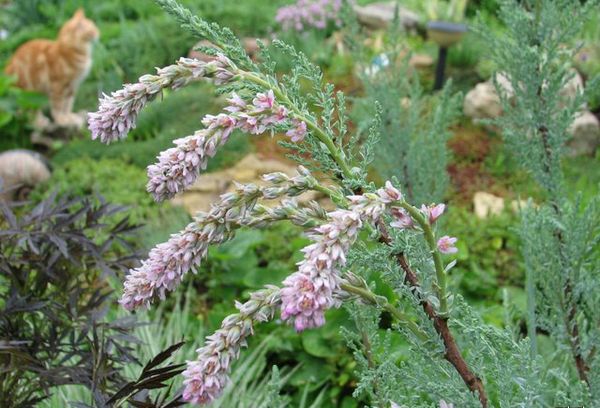
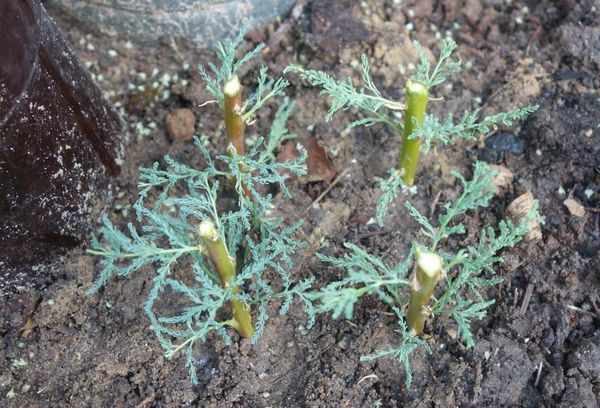
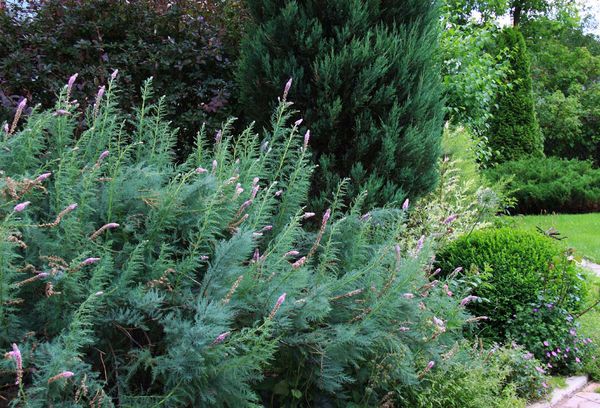
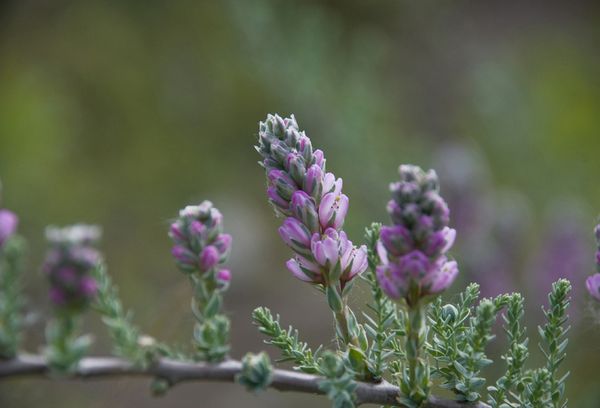
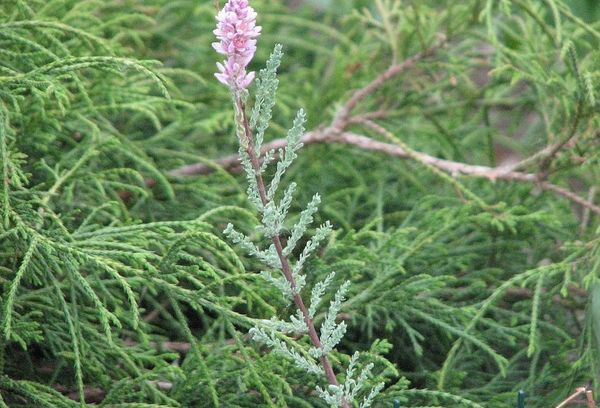
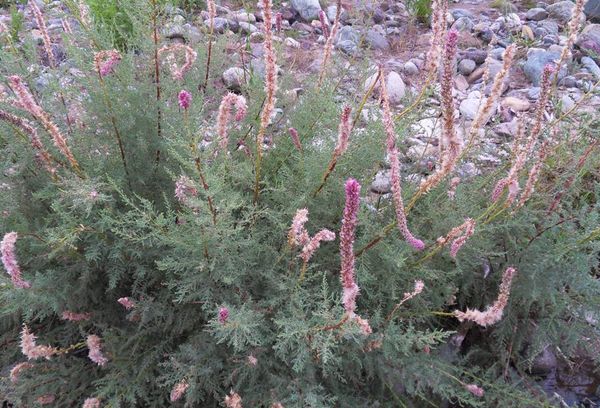
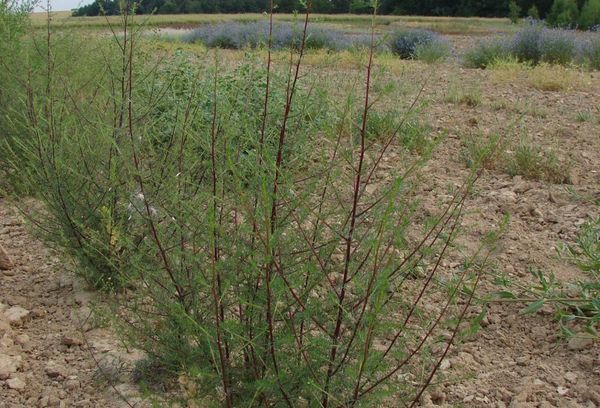
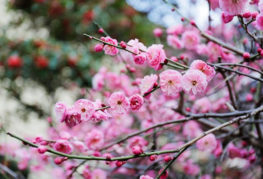
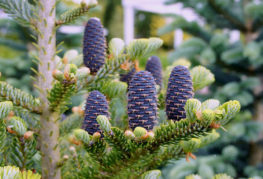
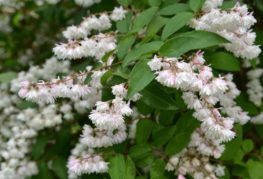



and will be published shortly.